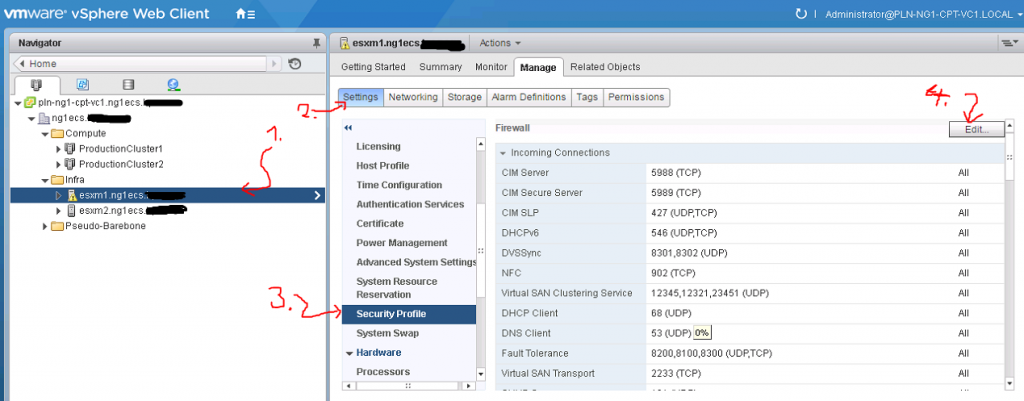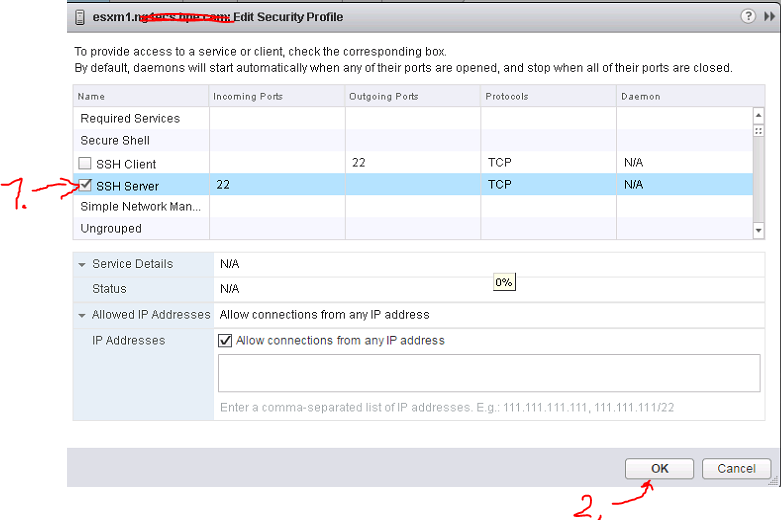5 enterprise-related things you can do with blockchain technology today
Diamonds. Bitcoin. Pork. If you think you've spotted the odd one out, think again: All three are things you can track using blockchain technologies today. Blockchains are distributed, tamper-proof, public ledgers of transactions, brought to public attention by the cryptocurrency bitcoin, which is based on what is still the most widespread blockchain. But blockchains are being used for a whole lot more than making pseudonymous payments outside the traditional banking system. Because blockchains are distributed, an industry or a marketplace can use them without the risk of a single point of failure. And because they can't be modified, there is no question of whether the record keeper can be trusted. Those factors have prompted a number of enterprises to build blockchains into essential business functions, or at least to test them there.To read this article in full or to leave a comment, please click here




 Navigant says utilities should be to offer IoT-enabled managed services.
Navigant says utilities should be to offer IoT-enabled managed services. The companies team up to advance the Kubernetes cause.
The companies team up to advance the Kubernetes cause.